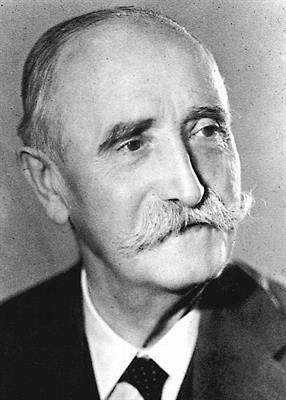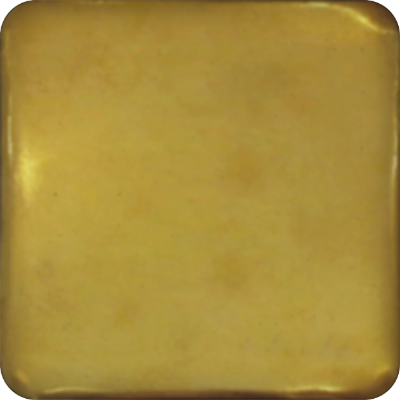Dr. hc Leopold Kunschak

Personalia
Born:
Died:
Profession:
Persecution:
Imprisonment 14.03.1938 - 20.05.1938,
Imprisonment 1944 (some time)
Memberships
Curriculum Vitae
Leopold Kunschak was born in a poor district of Vienna, the son of a cart driver. The family then moved to Vienna-Hernals. At a young age, he had to support his mother after his father's death. After various attempts at training, he obtained his saddler's certificate in 1889. He then found work in the Simmering wagon factory. In 1892, inspired by the encyclical "Rerum Novarum" by Leo XIII of May 15, 1891, he founded the "Christian Social Workers' Association for Austria", of which he was chairman until 1934. This workers' association quickly spread from Vienna to the other federal states and later merged into the Christian Social Party [CSP]. Leopold Kunschak also founded the "Reichsverband der nichtpolitischen christlichen Arbeitervereine" in 1902 and the "Reichsbund der christlichen Arbeiterjugend" in 1909. From 1896, the newspaper "Die Freiheit" [1900-1945 renamed "Christlich-sociale Arbeiter-Zeitung"] was published, with Leopold Kunschak as publisher and editor-in-chief.
With these activities, Leopold Kunschak played an important role in the political (association) Catholicism of the time, which was also decisive for his further political career, in which he held various offices or was appointed through elections. He was elected to the Vienna City Council in 1904 and remained a member until 1934, was a member of the Reichsrat from 1907-1911 and a member of the Lower Austrian provincial parliament from 1908-1919, was a member of the Constituent National Assembly from March 4, 1919 to November 8, 1920, was a member of the National Council from 1920-1934 and a member of the State Council (domestic policy committee) from 1934-1938. Before the First World War, Leopold Kunschak and the Christian workers' movement supported the Catholic students and the CV in their fight for equal rights at university. Because of his commitment to the CV during the academic Kulturkampf (Wahrmund Affair 1907/08), he was made an honorary member of the Norica on 28.5.1909.
After the Anschluss, Leopold Kunschak was arrested on 14.3.1938 and held in protective custody in the Vienna police prison until 20.5.1938. After the assassination attempt on Adolf Hitler on July 20, 1944, he was imprisoned again for some time in the course of "Aktion Gitter". Despite police surveillance, he maintained contact with Lois Weinberger during this time.
After the war, he was one of the co-signatories of the Austrian Declaration of Independence on April 27, 1945. On November 25, 1945, he became a member of the National Council and was elected its First President. He held this office until his death. Leopold Kunschak was one of the co-founders of the ÖVP and the ÖAAB.
Places
Honoring:
Residence:
Citations
Krause, Peter/Reinelt, Herbert/Schmitt, Helmut (2020): Farbe tragen, Farbe bekennen. Katholische Korporierte in Widerstand und Verfolgung. Teil 2. Kuhl, Manfred (ÖVfStG, Wien) S. 193/194.; Photo: ÖVfStg
